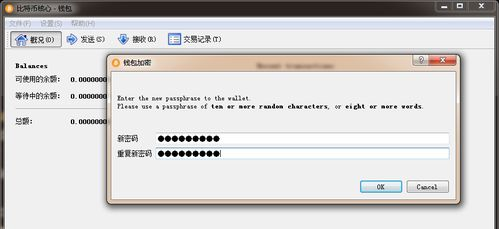Bitcoin Chart, Understanding Trends and Patterns
In this article, we will delve into the world of Bitcoin charts, exploring how to read them effectively, recognize trends, and identify market patterns. As the cryptocurrency market continues to evolve, understanding Bitcoin\’s price movements becomes crucial for investors and traders alike.
In this article, we will delve into the world of Bitcoin charts, exploring how to read them effectively, recognize trends, and identify market patterns. As the cryptocurrency market continues to evolve, understanding Bitcoin’s price movements becomes crucial for investors and traders alike.

What is a Bitcoin Chart?
A Bitcoin chart is a graphical representation of the price movements of Bitcoin over a specific period. These charts can vary in their timeframes, featuring daily, weekly, monthly, or even hourly data. They are typically used by traders and investors to analyze past performance and predict future price movements. The most common types of Bitcoin charts include line charts, bar charts, and candlestick charts.

Types of Bitcoin Charts
1. Line Charts: These are the simplest forms of charts, displaying Bitcoin’s closing price over time in a continuous line. Line charts provide a clear overview of the general price trend but lack detailed information.
2. Bar Charts: Bar charts provide more information than line charts by showing the opening, closing, high, and low prices for a specific time frame. Each bar represents a specific period, offering insights into price volatility.
3. Candlestick Charts: Widely used in trading, candlestick charts offer a visual representation of market sentiment. Each candlestick shows the open, high, low, and close prices within a specific timeframe, conveying both price movements and the psychological state of the market.

Reading Bitcoin Charts
To effectively analyze Bitcoin charts, it is essential to familiarize yourself with indicators and patterns. Some commonly used tools include:
- Moving Averages: These help smoothen price data to identify the direction of the trend. Traders often use the 50-day and 200-day moving averages.
- Relative Strength Index (RSI): This momentum oscillator ranges from 0 to 100 and measures the speed and change of price movements, indicating whether Bitcoin is overbought or oversold.
- Support and Resistance Levels: Support levels indicate where the price tends to stop falling, while resistance levels show where it typically stops rising. Identifying these levels can help traders anticipate potential price changes.
Common Trends in Bitcoin Charts
Trends can be classified into three categories:
1. Uptrend: An uptrend consists of higher highs and higher lows, indicating bullish market sentiment. Traders typically seek buying opportunities during this trend.
2. Downtrend: Conversely, a downtrend consists of lower highs and lower lows, indicating a bearish market. Traders may consider short-selling in this scenario.
3. Sideways Trend: During a sideways trend, the price fluctuates within a range without establishing a clear upward or downward direction, making it challenging to execute trades.
In conclusion, understanding Bitcoin charts is fundamental for anyone looking to invest or trade in cryptocurrencies. By analyzing different chart types, familiarizing yourself with essential indicators, and recognizing market trends, you can enhance your ability to make informed decisions in the volatile cryptocurrency market.




